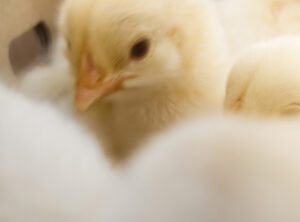
US poultry industry provides 2 million jobs, $663.6 billion in economic impact
The US Poultry & Egg Association, National Chicken Council, National Turkey Federation and United Egg Producers have released an updated economic impact study that highlights the positive impact the poultry industry has on jobs, wages and federal and state revenue in the US.












